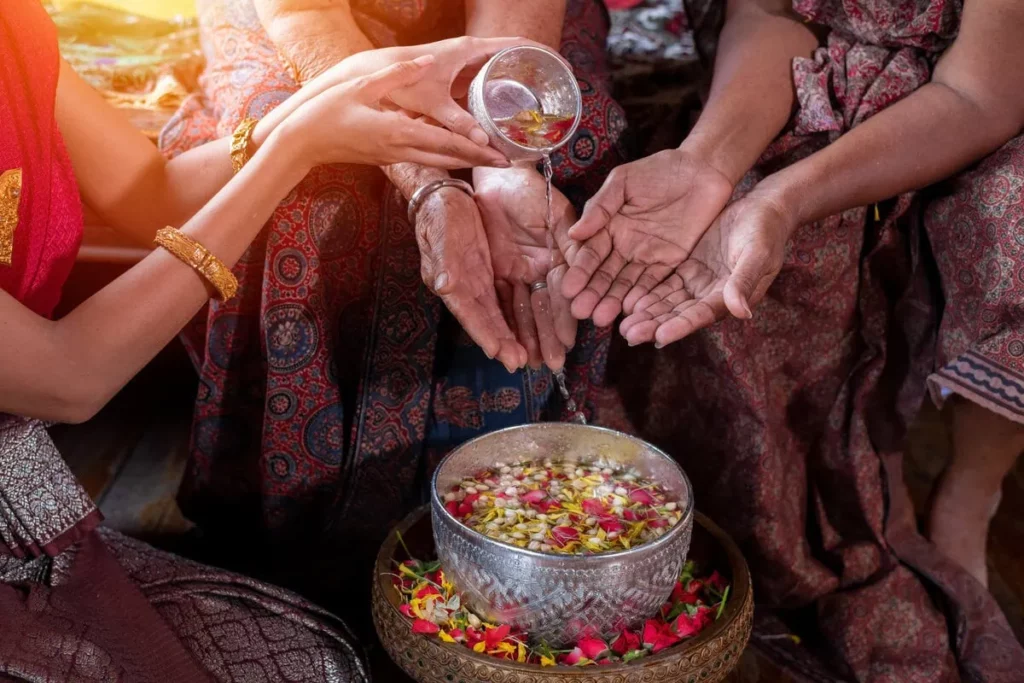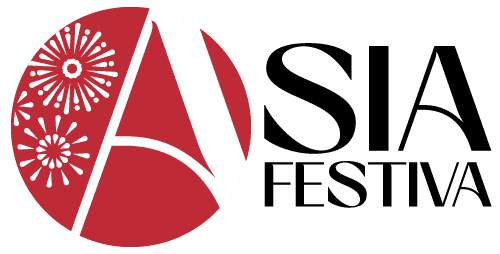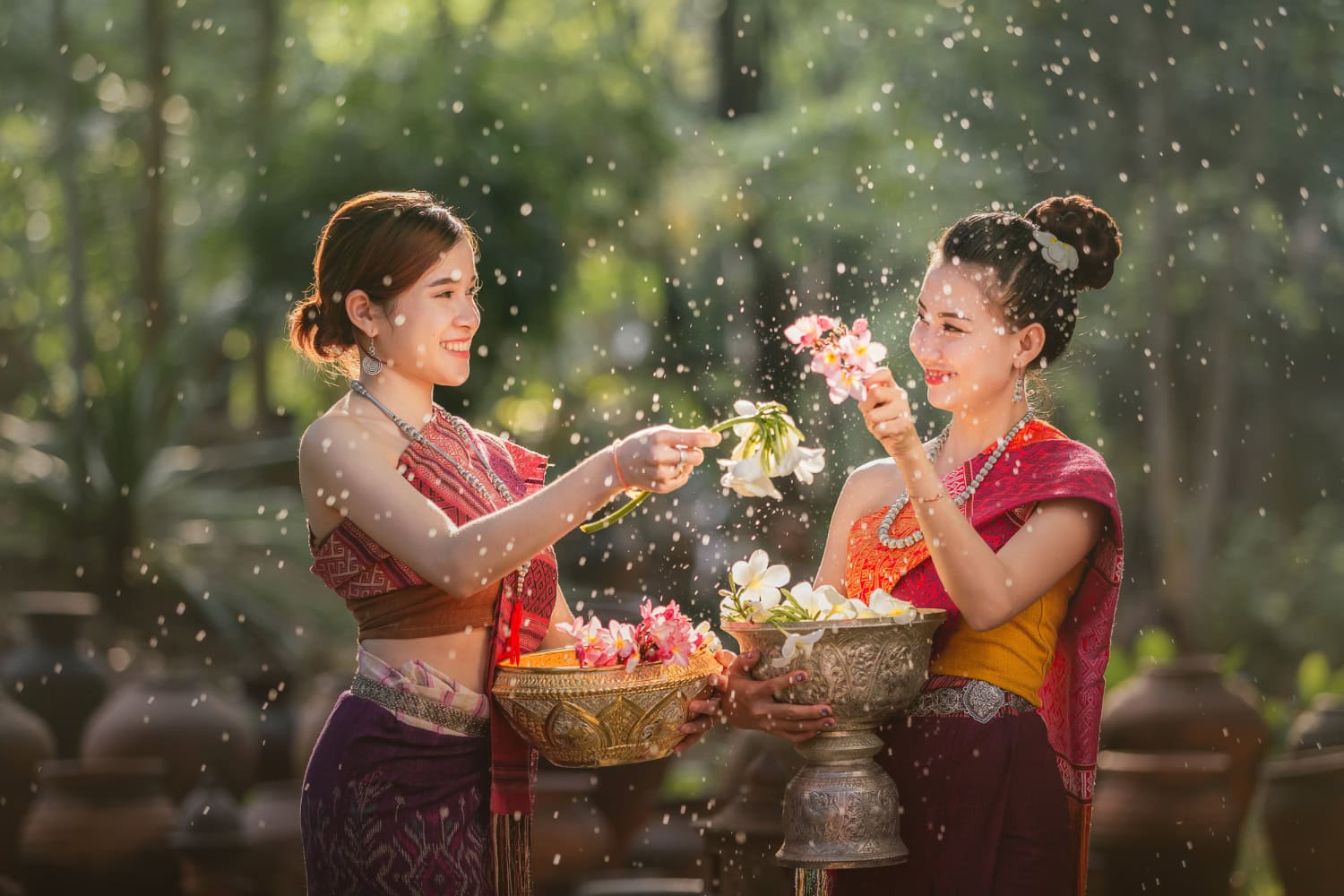As the scorching April sun beats down on Thailand’s bustling streets, an ancient celebration springs to life. Songkran, Thailand’s traditional New Year festival, transforms the nation into the world’s biggest water party from April 13th to 15th each year.
A Celebration of Water and Renewal
What began centuries ago as a gentle ceremonial washing has evolved into a nationwide water festival that draws visitors from around the globe. Streets fill with laughter as people armed with water guns, buckets, and hoses engage in friendly water battles. Yet beneath the playful chaos lies a deeper meaning – the water symbolizes purification, washing away the past year’s misfortunes and blessing participants with good fortune for the year ahead.
Sacred Traditions Amid Modern Festivities

While contemporary Songkran is famous for its water fights, the festival’s heart beats with ancient customs:
- Merit-Making: Thai people visit temples to offer food to monks and pay respects to Buddha images
- Rod Nam Dam Hua: A ceremony where young people pour scented water over the hands of elders and ask for their blessings
- Sand Pagodas: Communities build intricate sand stupas at temples, representing the mountains where sacred relics are kept
Regional Celebrations
Bangkok
The capital city offers several iconic locations for Songkran celebrations:
- Silom Road: The city’s most famous Songkran venue, featuring a 4-kilometer stretch of non-stop water fights and festivities
- Khao San Road: Popular among backpackers and young locals, known for its energetic atmosphere and all-day parties
- CentralWorld: Hosts “S2O Songkran Music Festival,” combining water fights with international DJs and music performances
- Asiatique The Riverfront: Offers a more family-friendly celebration with cultural shows and water activities along the Chao Phraya River
Chiang Mai
Known as the spiritual home of Songkran, Chiang Mai’s celebrations last up to six days:
- Tha Pae Gate: The epicenter of celebrations, featuring opening ceremonies and daily cultural shows
- Ancient City Moat: The entire 6.5-kilometer moat transforms into a giant water fight zone
- Wat Phra Singh: One of the most important temples for merit-making and traditional ceremonies
- Nimmanhaemin Road: Popular among young locals and tourists, with modern celebrations and street parties
Ayutthaya
The ancient capital provides a historical backdrop for Songkran festivities:
- Ayutthaya Historical Park: UNESCO World Heritage site hosting traditional ceremonies and water fights among ancient ruins
- Elephant Stay: Famous for its unique elephant-splashing experiences and traditional ceremonies
- Bang Lan Temple: Known for its elaborate sand pagoda competitions
- Si Sanphet Road: Main celebration area with parades, cultural performances, and water fights
Practical Tips for Visitors
For those planning to experience Songkran:
- Keep valuables in waterproof bags
- Wear appropriate clothing that won’t become transparent when wet
- Apply waterproof sunscreen regularly
- Respect local customs and avoid targeting monks, elderly people, or motorcyclists with water
Cultural Significance
Songkran exemplifies Thailand’s ability to preserve ancient traditions while embracing modern celebrations. It’s a time when the lines between locals and tourists blur, as everyone joins in the shared joy of renewal. The festival represents not just the changing of years, but the Thai values of respect, family, and communal celebration.
Whether you’re seeking spiritual renewal at a temple or joining the world’s biggest water fight, Songkran offers a unique window into Thai culture – where ancient traditions and modern festivities create an unforgettable celebration of new beginnings.

